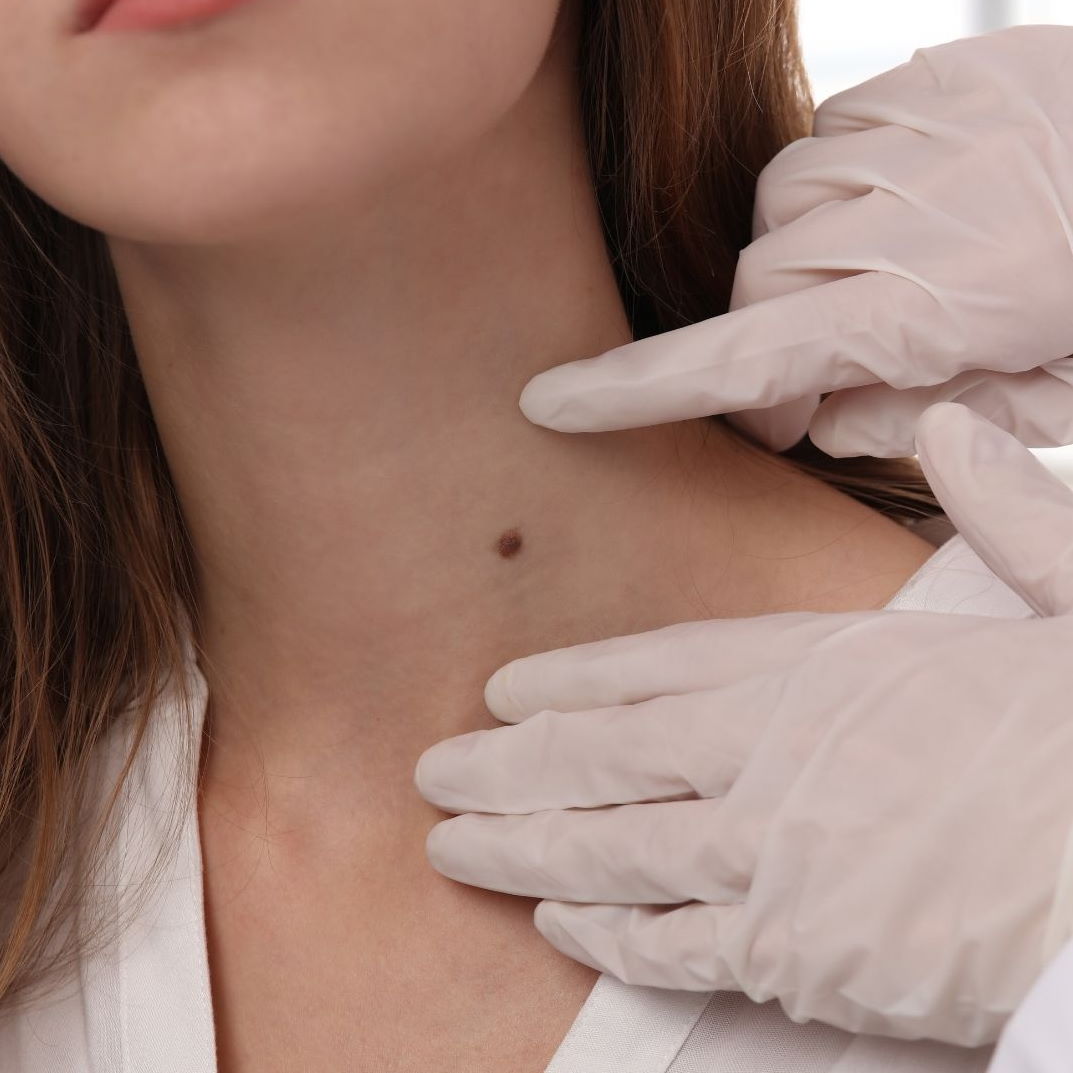skin tag removal
4 reasons a professional should remove skin tags

Avoid Risk of Infection

Avoid Loss of movement from scarring

Removal of entire mole or skin tag

years of experience makes a difference
and more...

what are skin tags?
Most skin tags do not need to be removed or treated; however, many people feel discomfort when skin tags get caught on clothes or jewelry. Some people want them to be removed for cosmetic reasons.
Skin tags are small, soft flaps of tissue protruding from the skin with a connecting stalk. These tags are most common in the skin folds around the eyelids, neck, groin, and armpits.
These are caused by loose collagen fibers, which can get lodged in thicker skin areas. The cause of skin tags is unknown, but they pose no threat of developing into cancer.
frequently asked questions
There is no known medical cause for skin tags. Some factors that could increase your chances of developing skin tags include pregnancy, obesity, diabetes, and chronic skin irritations. This could indicate a possible genetic link since skin tags are passed down through families.
There is no way to stop skin tags from growing and they can become difficult to remove without the help of a dermatologist. They can become more visible over time and may even grow in invisible areas. One of the main reasons people seek treatment for skin tags is because they are cosmetically sensitive. They can cause irritation and discomfort if the skin tag rubs on clothing, jewelry, and other skin.
Treatment of skin tags usually involves the complete removal of the tag. A dermatologist can safely and quickly remove skin tags in the comfort of their clinic.
A dermatologist is the best person to consult if you’re interested in skin tags being removed. The specialist may use several methods to remove the tags. A small skin tag can be removed without the need for anesthesia. For larger tags, anesthesia may be required. The following are some of the most popular methods for the removal process:
- Use a scalpel to remove it
- Cryosurgery (freezing it off).
- Electrosurgery (the burning of it with an electric current)
It is easy to mistake skin tags for moles and warts. There are some key differences that will help you distinguish them.
Skin Tags: They can be easily identified by the way they hang from the skin, with only a narrow stalk holding them in place. They are smooth and flesh-colored. Although skin tags can be as small as a few millimeters in size, some growth can reach up to half an inch.
Warts: They have rough, bumpy skin that is often the same as the rest. They can measure anywhere from 1-10 cm in diameter. They are contagious because they are caused by the human papillomavirus.
Moles: They are usually flat, pink-brown in color, and often have a pinkish to brown hue. They can be symmetrical and are either oval- or round-shaped, with a diameter of less than 6mm. Moles can grow hair. Although moles are more likely to become skin cancer than other types of growths, the chances of it happening are still very low (1 in 3000 for moles that are typical; 1 in 100 if they’re atypical).
These are all rare cases, however, of skin tags resembling moles or carcinomas. Skin tags can also suddenly change color due to a blood clot, but not from emerging skin cancer.
facts about the skin tag removal process
- Skin tags are more common than one thinks
- The tags are generally harmless
- Some individuals are more prone to developing tags
- Removing them by yourself can be risky
- Dermatologists can remove tags using laser

